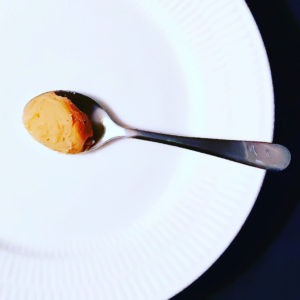
The Japanese diet pyramid looks different from the Danish diet pyramid.
Japanese cuisine contains basic items which are a “must”.
It is rice, seafood, soybeans and seaweed. These are the basic elements of Japanese cuisine. They are essential and absolutely indispensable. The Japanese eat much seafood as we eat meat.
The Japanese also eat meat and vegetables. However, the Japanese do not eat as much meat as we do in Europe. They eat the same amount of meat as we eat fish.
In Japanese cuisine, several different types of cabbage are used. Cabbage is eaten in many different ways and, is a staple in Japanese cuisine. Of course, the Japanese also eat many vegetables that we know in Europe such as carrots, spring onions and cucumbers.
In Traditional Japanese food course for beginners, you learn step by step, how to make tasty dishes with Japanese ingredients, Japanese ingredients and Nordic ingredients.
_
Zoë has lectured and held sushi courses for A. P. Moller – Maersk, Hugo Boss Nordic, Novo Nordisk, Novartis, Velux, Gorrissen Federspiel, Beierholm revision, Elbek & Vejrup and many more.



